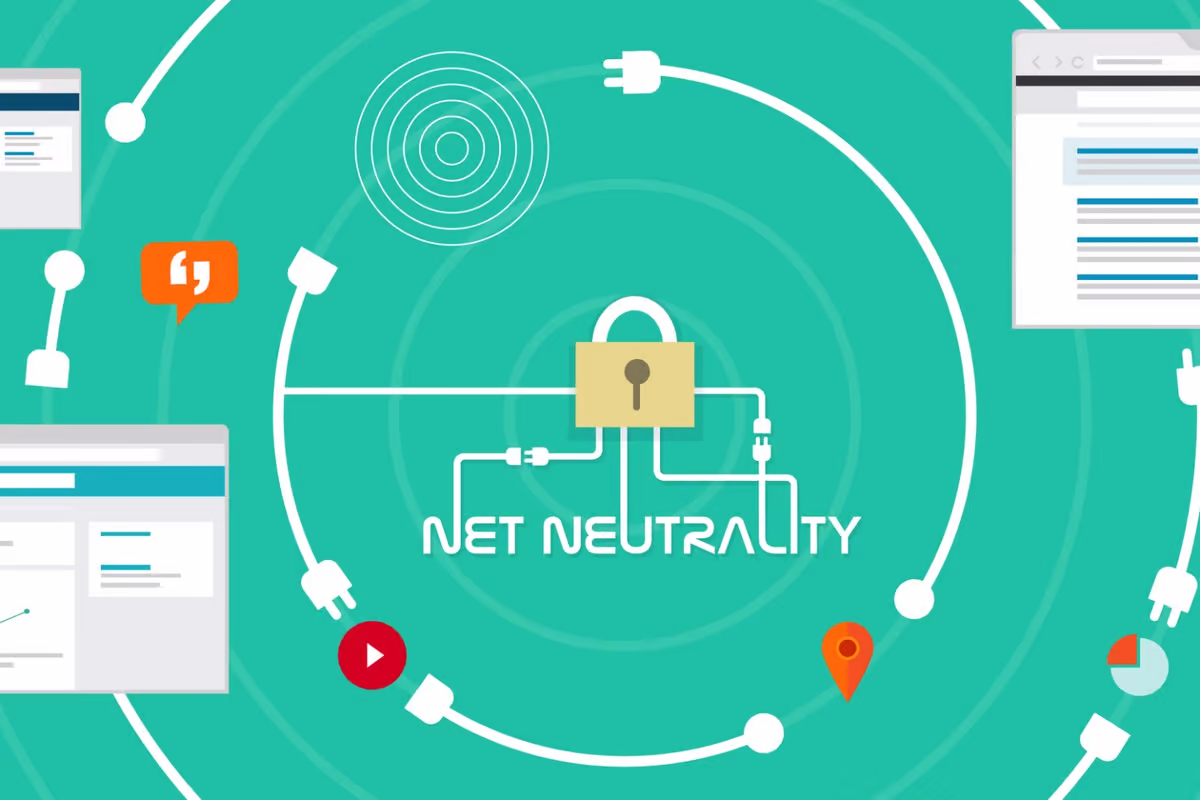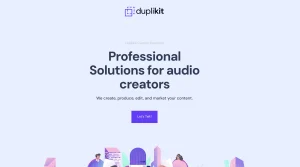How AI-Powered Content Moderation is Shaping Online Communities

Let’s be honest—keeping online spaces safe and engaging is a bit like herding cats. With millions of posts, comments, and images uploaded every minute, human moderators alone can’t keep up. That’s where AI-powered content moderation steps in, acting as a digital bouncer with a sixth sense for trouble.
The Rise of AI Moderation
Remember when moderators manually sifted through every flagged post? Those days are fading fast. AI now scans text, images, and even videos in real-time, spotting harmful content—hate speech, spam, graphic violence—before it spreads. It’s not perfect, sure, but it’s evolving faster than a viral meme.
Why Platforms Are Betting on AI
Here’s the deal: scale and speed. Facebook alone sees 3 billion posts per day. AI can analyze thousands of submissions in seconds, while humans… well, we need coffee breaks. Plus, AI doesn’t get desensitized or burnout from reviewing disturbing content.
But it’s not just about efficiency. AI helps platforms:
- Reduce legal risks: Catching illegal content before it’s reported.
- Boost user trust: Fewer toxic interactions mean happier communities.
- Adapt to trends: Learning new slang or emerging hate symbols.
How AI Moderation Works (Without the Tech Jargon)
Think of AI moderation as a supercharged spell-checker. It uses:
- Natural Language Processing (NLP): Detects hate speech, threats, or harassment in text.
- Image recognition: Flags violent or explicit visuals—even in memes.
- Context analysis: Understands sarcasm or cultural nuances (most of the time).
For example, an AI might spot a comment like “That’s sick!” and check: Is this praise or a threat? Context clues—emojis, post history—help decide.
The Human-AI Tag Team
AI isn’t replacing humans—it’s handing them a spotlight. Complex cases (think: satire, political debates) still need human judgment. The best systems use AI as a first filter, escalating tricky calls to moderators. Like a sous-chef prepping ingredients, AI handles the grunt work.
The Challenges: Bias, False Positives, and Backlash
AI moderation isn’t all rainbows. Early systems famously struggled with bias—over-flagging Black dialect or LGBTQ+ terms. Why? Because they learned from flawed human data. Fixing this means diverse training datasets and constant tweaks.
Other pain points:
- Overblocking: AI might yank harmless posts (like breastfeeding pics mistaken for nudity).
- Underblocking: New hate symbols or coded language slip through.
- User frustration: Ever appealed a takedown? Slow responses fuel distrust.
Transparency: The Missing Piece
Users rarely know why their post was removed. Some platforms now share AI “confidence scores” or let users explain context pre-removal. It’s a start—but building trust requires peeling back the curtain.
The Future: Smarter, More Nuanced AI
Where’s this all heading? Imagine AI that:
- Predicts toxicity: Spotting heated threads before they explode.
- Customizes rules: A gaming forum vs. a mental health group need different filters.
- Learns in real-time: Updating its knowledge as language evolves.
We’re also seeing hybrid models—AI flagging, humans reviewing, then AI learning from those decisions. It’s a feedback loop that gets sharper with time.
Ethical Tightropes Ahead
Who decides what’s “harmful”? One culture’s joke is another’s offense. Platforms walk a line between safety and censorship, with AI as both shield and potential weapon. The debate isn’t just technical—it’s philosophical.
Final Thoughts: A Double-Edged Algorithm
AI moderation is reshaping online spaces—cleaning up the worst while stirring new dilemmas. It’s a tool, not a cure-all. The real test? Balancing efficiency with empathy, automation with accountability. Because at the end of the day, online communities aren’t just data points. They’re people.








